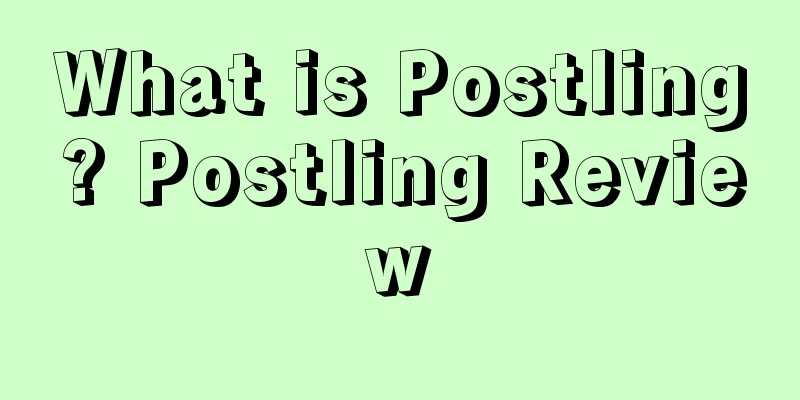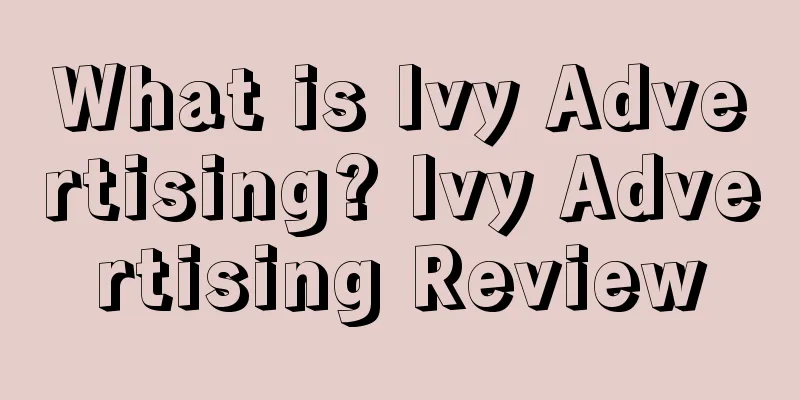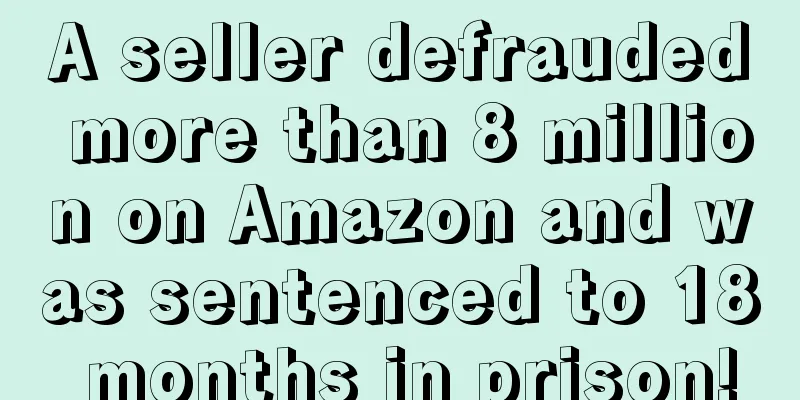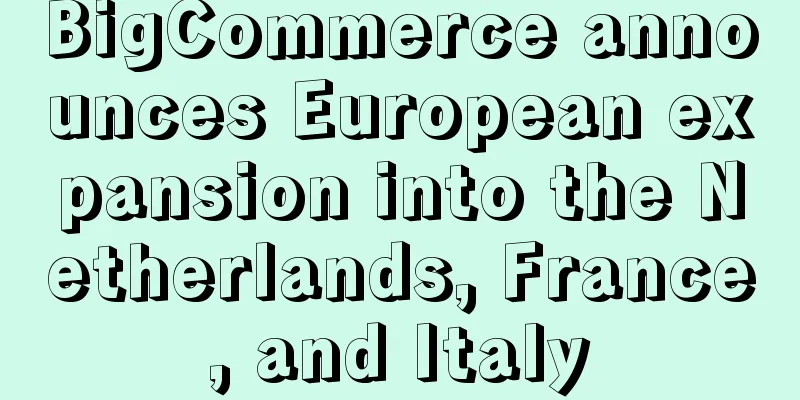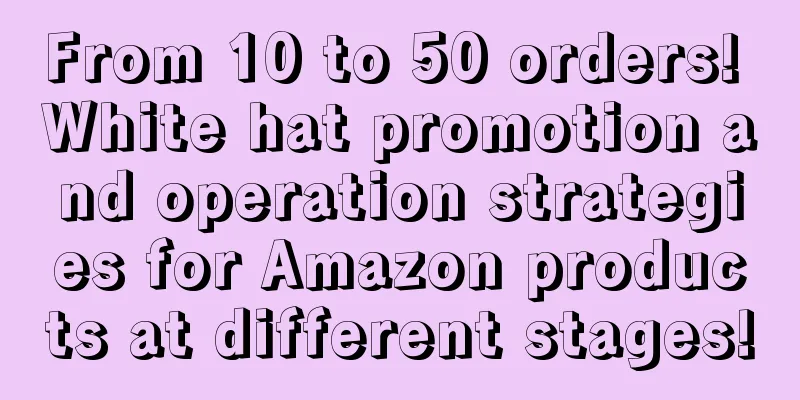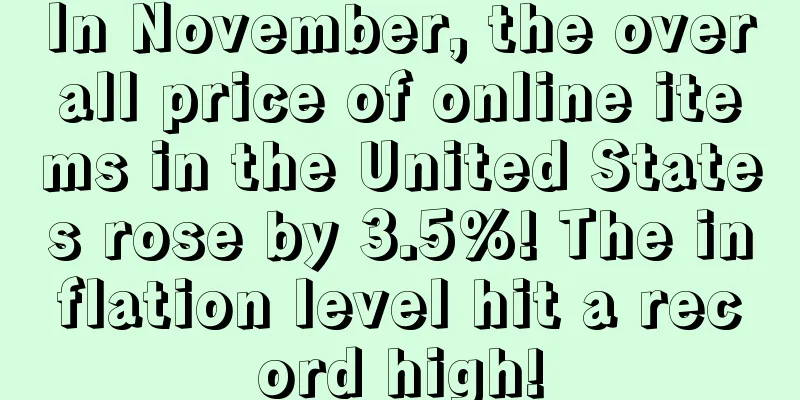What is a patent troll? Patent troll review
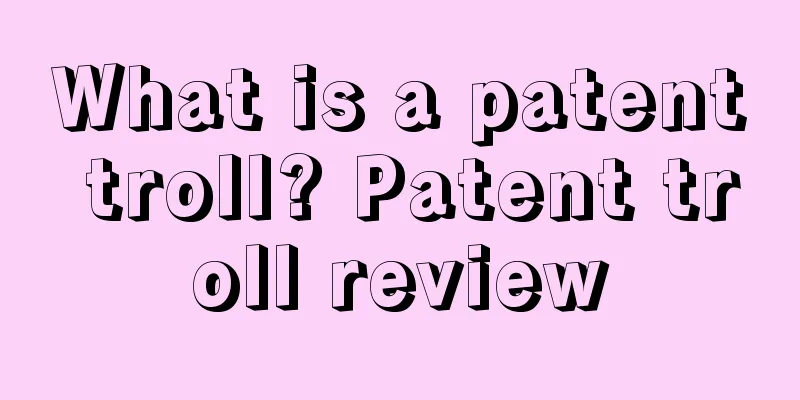
|
Patent trolls, also known as patent cockroaches or patent sharks, are companies that have little or no physical business and survive mainly by actively launching patent infringement lawsuits. Since they have no physical business, they are also called NPE (Non-Practicing Entities) internationally. Intellectual Ventures, Interdigital, Acacai, etc. are all well-known among them. Patent wars are a common business practice. In 1993, the United States used the term patent troll to describe companies that actively initiate patent infringement lawsuits. Interpretation Patent trolls refer to professional companies or groups that do not manufacture patented products or provide patent services, but purchase the ownership or right to use patents from other companies, research institutions or individual inventors, and then make huge profits through patent litigation. Originated in the United States in 1993, it was first used to describe companies that actively initiate patent infringement lawsuits. Such patent companies often have a strong parasitic flavor. As of 2008, the United States is one of the countries with the most patent disputes in the world, with more than 2,400 patent litigation cases. According to a survey by Patent Freedom in the United States, as of April 1, 2010, there were more than 325 patent troll companies in the United States, most of which involved semiconductors, software applications, etc. feature Malicious patent trolls have the following characteristics:
Origin of the noun In 2001, Techsearch and its lawyer Raymond Niro launched a patent lawsuit against Intel. At that time, Intel's deputy general counsel Peter Detkin used the term Patent Troll to describe Techsearch and Raymond Niro, and later referred to a company that specializes in purchasing patent rights from inventors at low prices. The so-called patent trolls are obviously here for money. Detkin also used the term "patent extortionist" to describe those who sued Intel for patent infringement. A typical patent infringement lawsuit, even if it is a winning case, costs more than one million US dollars. Cause The original intention of patents was to stimulate the development of knowledge industries and enable other companies to create more innovative designs. But in many cases, patent applications are not for the purpose of making related products, but to prevent others from using similar technologies to make related products. For example, there are many ways to make a certain product, but a company patents all of them, and then only uses one of them to make related products, so other companies cannot use any of them to make their products. Patent trolls are mainly caused by loopholes in the patent mechanism, such as patents that are similar or duplicated to existing patents, patents that are vague but still approved, and patent applications that have been submitted but are too large to be reviewed. According to data from 2004, a typical patent infringement lawsuit costs one million US dollars or more before the lawsuit begins, and even if the case is won, it will cost two and a half million US dollars or more. The main purpose of patent trolls to acquire patents is to sue other technology companies for patent infringement. In addition, the difficulty of predicting court rulings and the huge costs and risks have led to the victimized companies preferring to pay compensation, which is also one of the reasons that encourage patent trolls. Famous Patent Troll Cases
|
<<: What is Baosen Supply Chain? Baosen Supply Chain Review
>>: What is Kuajing.hk? Kuajing.hk Review
Recommend
Facebook will change its name? False! Facebook has refuted the rumor!
<span data-shimo-docs="[[20,"Facebook将改名?&...
Amazon just relaxed its delivery requirements! Effective in February
Amazon is relaxing some of the shipping performanc...
What is the UK VAT refund? UK VAT refund review
The so-called tax refund or tax credit means that ...
Amazing! Amazon may win the billion-dollar lawsuit
Russia: Temporary ban on export of a variety of m...
Transaction volume in the first quarter increased by 2.9% year-on-year! The US beauty and personal care market is recovering!
<span data-shimo-docs="[[20,"获悉,据外媒报道,在202...
Is it a crisis or an opportunity to enter the cross-border e-commerce market now?
The cross-border industry this year is really blea...
What is Shop.com? Shop.com Review
Shop.com was originally just a product comparison ...
Details of the entire Amazon operation process and experience sharing
1. A new account should not list too many products...
Share the method of quickly putting Amazon inventory on the shelves
How to quickly put Amazon inventory on the shelve...
What is SendGrid? SendGrid Review
SendGrid is an email service platform that helps m...
Q&A: How to optimize the automatic ads when they show big words?
1. After the automatic advertising has been runni...
What is a Kapitalgesellschaften? Kapitalgesellschaften review
German company registration A company that meets t...
What is QuimiNet? QuimiNet Review
QuimiNet.com was founded in 2000 and can help comp...
What should I do if my account is deactivated after registration?
What should I do if my account is disabled after ...
A wave of store closures occurred after the first day of the Internet!
Just when sellers were still enjoying the huge sa...

